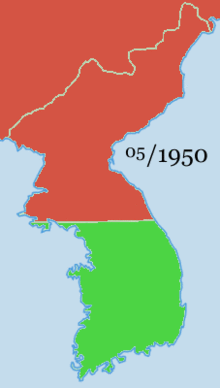“Punting the Pundits” is an Open Thread. It is a selection of editorials and opinions from around the news medium and the internet blogs. The intent is to provide a forum for your reactions and opinions, not just to the opinions presented, but to what ever you find important.
Thanks to ek hornbeck, click on the link and you can access all the past “Punting the Pundits”.
Follow us on Twitter @StarsHollowGzt
Jessica Valenti: The US supreme court’s abortion buffer zone ruling protects a gauntlet of horror
Abortion clinics are not safe places – anti-choicers have ensured that – and if women are going to be free from harassment, the fight must go on
Imagine trying to walk into a building, trying to get a medical treatment – and someone screams at you. Someone is two inches from your face – two feet from the front door – and that someone is videotaping you, calling you a whore. There’s ketchup poured in the snowbanks around you, made to look like spurted blood. You try to take a step forward, but people block your way, yelling that you’re going to be “mother to a dead baby”. They hold signs in your faces, whisper “murderer” in your ear as you pass. Maybe they shove you.
Don’t believe portrayals to the contrary – from anti-choice activists and the news media – that these kinds of protestors outside abortion clinics are not grandmas praying, or kindly “counselors” who just want to talk reasonably to women. These people wait outside clinics to shame and to harass; they are there to scare.
Despite the horrifying experiences of women across the country trying to obtain abortions, the US supreme court ruled unanimously on Thursday that a Massachusetts law providing a 35-foot buffer zone outside of clinics is unconstitutional, and violates protesters’ first amendment right to engage in “personal, caring, consensual conversations” with women seeking abortions.
Personal, caring and consensual?
Peter van Buren: Shredding the Fourth Amendment in Post-Constitutional America
Four ways It no longer applies
Here’s a bit of history from another America: the Bill of Rights was designed to protect the people from their government. If the First Amendment’s right to speak out publicly was the people’s wall of security, then the Fourth Amendment’s right to privacy was its buttress. It was once thought that the government should neither be able to stop citizens from speaking nor peer into their lives. Think of that as the essence of the Constitutional era that ended when those towers came down on September 11, 2001. Consider how privacy worked before 9/11 and how it works now in Post-Constitutional America. [..]
In Post-Constitutional America, the old words that once defined our democracy are twisted in new ways, not discarded. Previously unreasonable searches become reasonable ones under new government interpretations of the Fourth Amendment. Traditional tools of law, like subpoenas and warrants, continue to exist even as they morph into monstrous new forms.
Americans are told (and often believe) that they retain rights they no longer have. Wait for the rhetoric that goes with the celebrations of our freedoms this July 4th. You won’t hear a lot about the NSA then, but you should. In pre-constitutional America the colonists knew that they were under the king’s thumb. In totalitarian states of the last century like the Soviet Union, people dealt with their lack of rights and privacy with grim humor and subtle protest. However, in America, ever exceptional, citizens passively watch their rights disappear in the service of dark ends, largely without protest and often while still celebrating a land that no longer exists.


 Welcome to the
Welcome to the 
 On this day in 1919,
On this day in 1919, 

Recent Comments